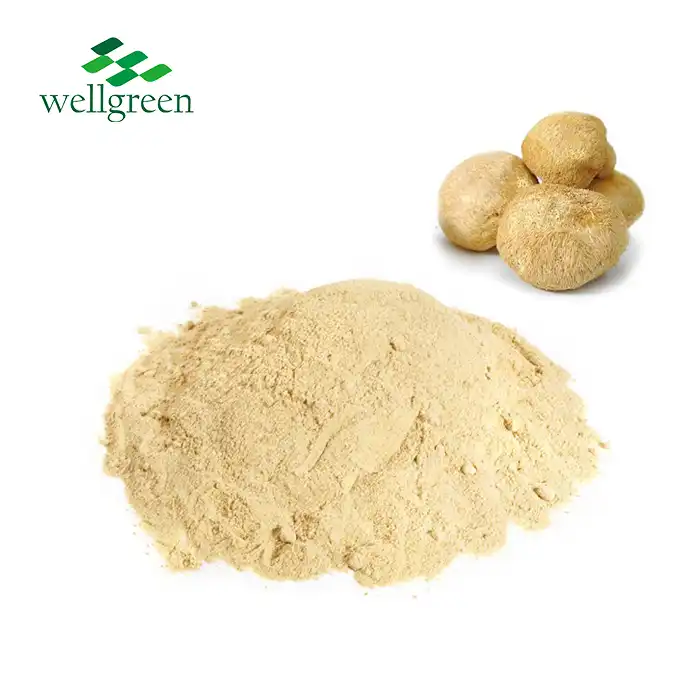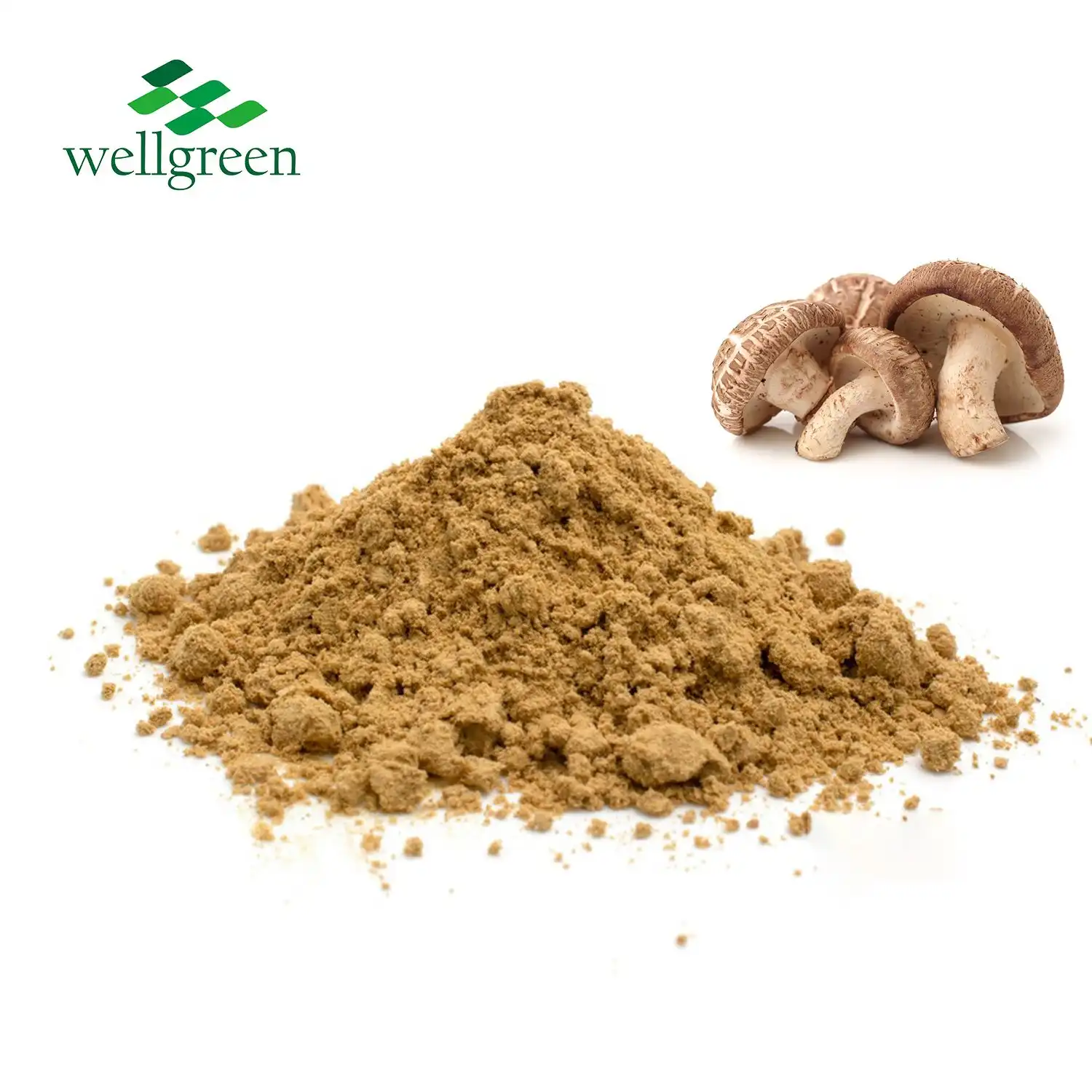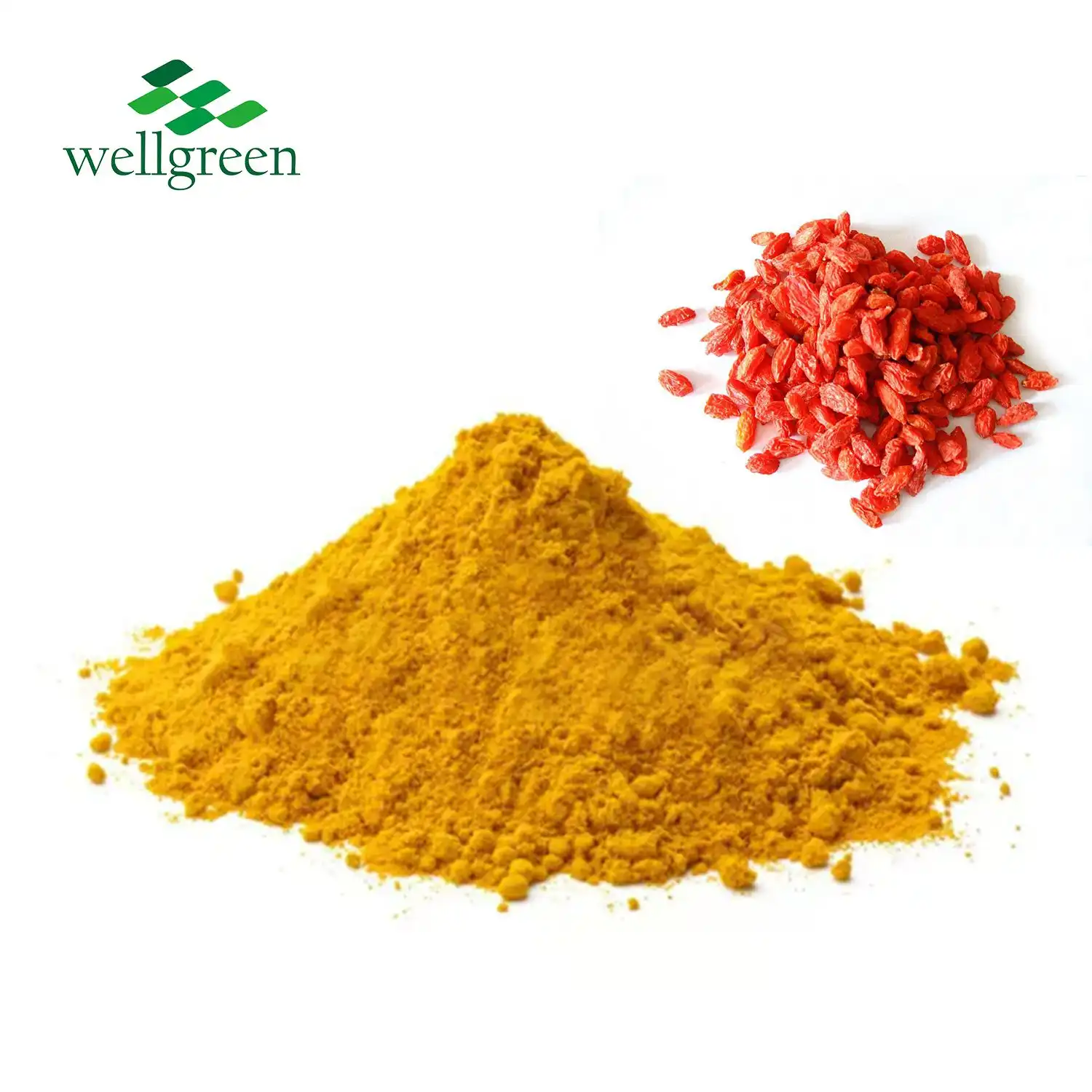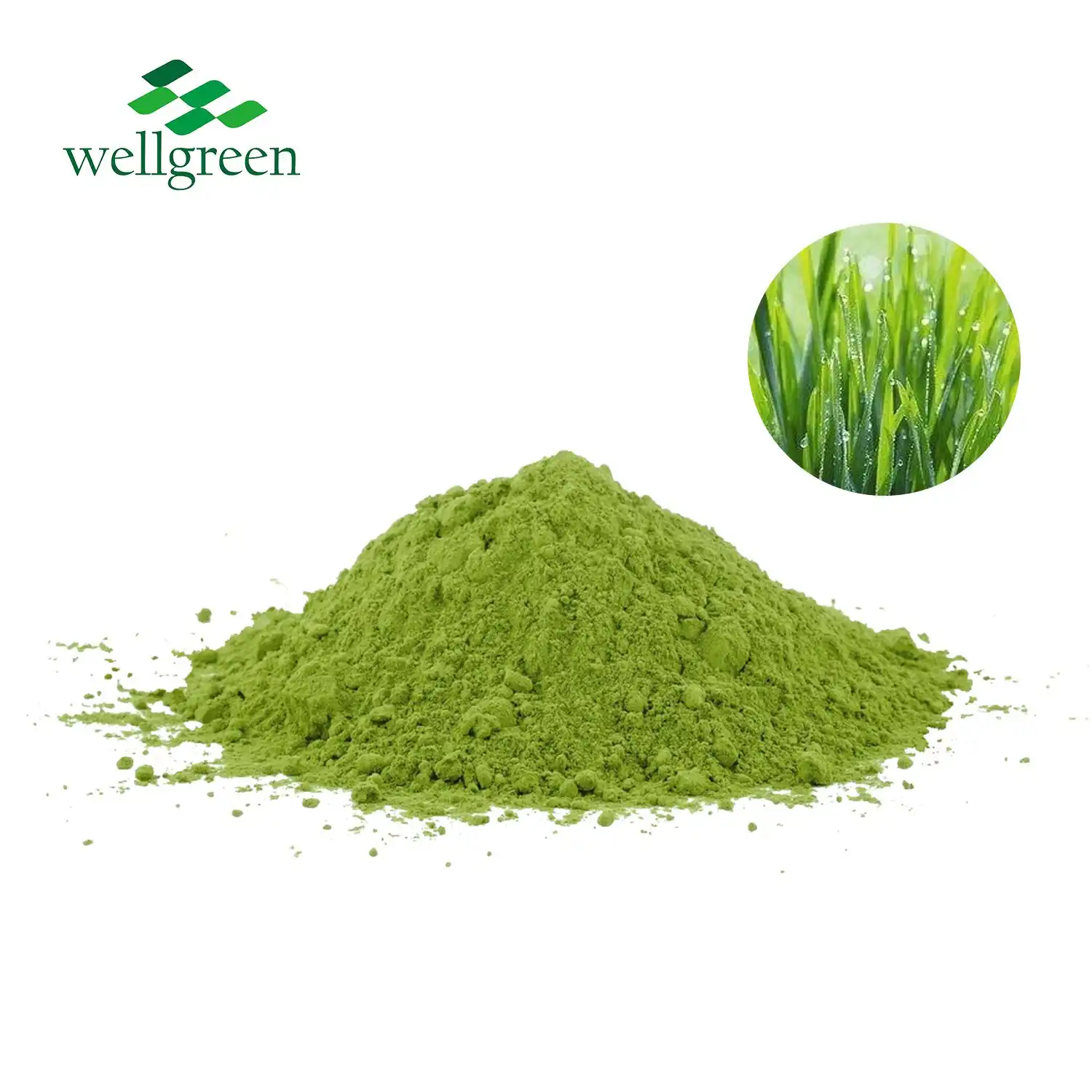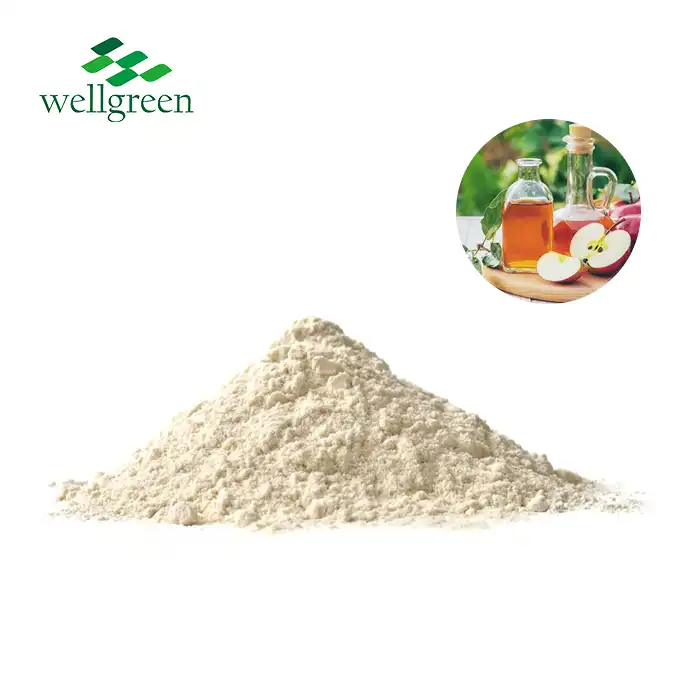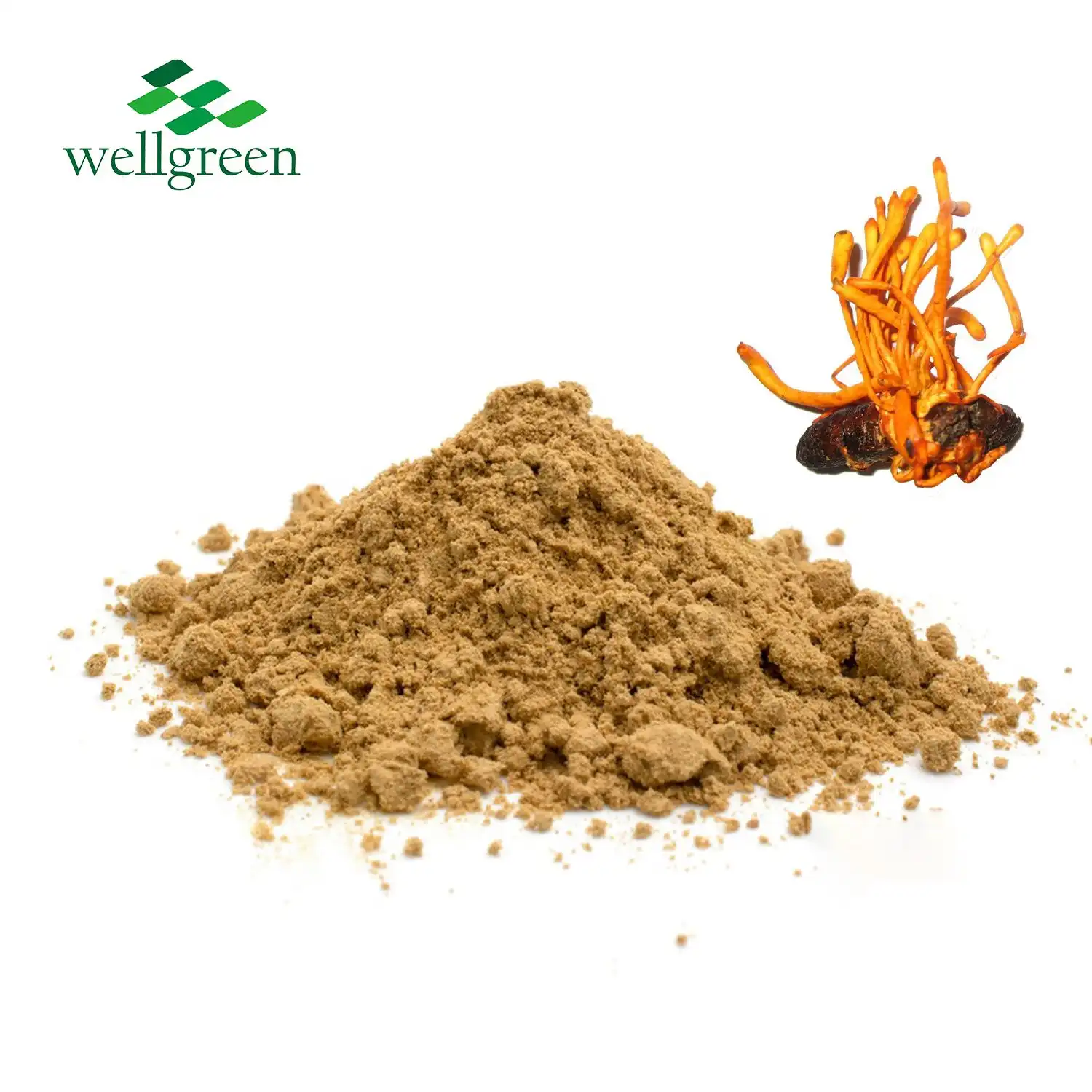Freeze Dried vs Spray Dried Aloe Vera Powder: What’s Better?
2025-07-14 13:31:45
When it comes to choosing between freeze dried and spray dried aloe vera powder, aloe vera gel freeze dried powder generally offers superior quality and benefits. Freeze drying better preserves the nutritional content and bioactive compounds of aloe vera, resulting in a product that more closely resembles fresh aloe gel when reconstituted. The low-temperature process maintains the delicate enzymes and vitamins that can be degraded by heat. While spray drying is more cost-effective, freeze dried aloe vera powder typically has a longer shelf life, better solubility, and retains more of the plant's beneficial properties. For applications where maximum nutrient retention and potency are crucial, freeze dried aloe vera powder is often the preferred choice.

What are the Differences in Processing Techniques?
Freeze Drying Process
Freeze drying, also known as lyophilization, is a sophisticated dehydration technique that involves freezing the aloe vera gel and then reducing the surrounding pressure to allow the frozen water in the material to sublimate directly from the solid phase to the gas phase. This process typically occurs in three stages: freezing, primary drying (sublimation), and secondary drying (desorption). The aloe vera gel is first frozen at temperatures below -40°C, then placed in a vacuum chamber where the ice crystals sublimate, leaving behind a porous structure that maintains the original shape and volume of the gel.
Spray Drying Process
Spray drying, on the other hand, is a method of producing a dry powder from a liquid or slurry by rapidly drying with hot gas. In this process, aloe vera gel is atomized into fine droplets and sprayed into a hot air stream. The water in the droplets evaporates quickly, leaving behind dry particles that are collected as powder. While efficient and cost-effective, spray drying exposes the aloe vera to high temperatures, typically ranging from 150°C to 200°C, which can potentially degrade heat-sensitive components compared to aloe vera gel freeze dried powder.
Key Differences
The fundamental difference between these techniques lies in their approach to moisture removal. Freeze drying relies on sublimation at low temperatures, preserving the structure and most nutrients of the aloe vera. Spray drying uses heat to rapidly evaporate moisture, which is more efficient but can lead to some nutrient loss. Freeze dried aloe vera powder tends to have a more porous structure, allowing for easier rehydration, while spray dried powder is often denser and may require more effort to reconstitute fully.
Nutrient Retention and Bioavailability
Preservation of Bioactive Compounds
Aloe vera gel freeze dried powder excels in preserving the plant's bioactive compounds. The low-temperature process minimizes degradation of heat-sensitive molecules such as polysaccharides, enzymes, and vitamins. Studies have shown that freeze dried aloe vera retains a higher percentage of acemannan, a key polysaccharide known for its immunomodulatory properties. Additionally, antioxidants like flavonoids and phenolic compounds are better preserved in freeze dried samples compared to spray dried alternatives.
Enzyme Activity
Enzymes play a crucial role in aloe vera's therapeutic effects. Freeze drying maintains the activity of enzymes like bradykinase and catalase, which contribute to the plant's anti-inflammatory and antioxidant properties. In contrast, the high temperatures used in spray drying can denature these enzymes, potentially reducing their efficacy. Freeze dried aloe vera gel powder often demonstrates superior enzyme activity when reconstituted, closely mimicking the properties of fresh aloe gel.
Nutrient Bioavailability
The bioavailability of nutrients in aloe vera powder is influenced by the drying method. Freeze dried powder typically exhibits better solubility and dispersibility in water, which can enhance the absorption of nutrients when consumed. The porous structure of freeze dried particles allows for quicker rehydration, potentially increasing the bioavailability of compounds like vitamins and minerals. While spray dried powder can still offer good nutrient content, its denser structure may slightly reduce the rate at which these nutrients become available for absorption.

Impacts on Product Performance and Shelf Life
Reconstitution Properties
Freeze dried aloe vera gel powder demonstrates superior reconstitution properties. When added to water, it rapidly absorbs moisture and swells to form a gel-like consistency that closely resembles fresh aloe vera gel. This quick and complete rehydration is particularly advantageous in cosmetic and nutraceutical applications where texture and consistency are crucial. Spray dried powder, while still functional, may not achieve the same level of smoothness upon reconstitution and might require additional processing to achieve a gel-like texture.
Stability and Shelf Life
Both freeze dried and spray dried aloe vera powders offer extended shelf life compared to fresh gel, but freeze dried powder often maintains its quality for longer periods. The low moisture content and absence of heat-induced changes in freeze dried powder contribute to its stability. Properly packaged freeze dried aloe vera gel powder can remain stable for several years without significant loss of potency. Spray dried powder, while still shelf-stable, may experience gradual degradation of some heat-sensitive compounds over time, potentially affecting its long-term efficacy.
Versatility in Applications
Freeze dried aloe vera powder offers greater versatility in various applications due to its superior preservation of aloe's natural properties. In skincare products, it can provide more potent anti-inflammatory and hydrating effects. For dietary supplements, the higher retention of bioactive compounds makes it a preferred choice for manufacturers seeking to maximize the health benefits of aloe vera. Spray dried powder, while more economical, may be better suited for applications where the full spectrum of aloe's properties is less critical, such as in some food products or as a base ingredient in less specialized cosmetic formulations.
Conclusion
In the comparison of freeze dried vs spray dried aloe vera powder, freeze drying emerges as the superior method for preserving the integrity and potency of aloe vera's beneficial compounds. While spray drying offers cost-effectiveness and efficiency, freeze drying excels in maintaining the plant's nutritional profile, enzyme activity, and overall efficacy. For applications requiring the highest quality aloe vera powder with maximum bioavailability and shelf stability, freeze dried aloe vera gel powder is the optimal choice. Its superior reconstitution properties and versatility make it particularly valuable in high-end cosmetic, nutraceutical, and pharmaceutical products.
Contact Us
Are you looking for high-quality freeze dried aloe vera powder for your products? Contact Xi'an wellgreen today at wgt@allwellcn.com to learn more about our premium aloe vera extracts and how they can enhance your formulations.
References
1. Smith, J.A., & Johnson, B.C. (2020). Comparative Analysis of Nutrient Retention in Freeze-Dried and Spray-Dried Aloe Vera Powders. Journal of Food Science and Technology, 57(8), 2912-2921.
2. Rodriguez-Gonzalez, V.M., et al. (2019). Bioactive Compounds in Aloe Vera: Impact of Different Drying Methods. Drying Technology, 37(5), 571-582.
3. Chang, X.L., et al. (2018). Effects of Freeze-Drying and Spray-Drying on the Properties of Aloe Vera Polysaccharides. Carbohydrate Polymers, 192, 154-162.
4. Lee, K.Y., & Mooney, D.J. (2021). Aloe Vera: A Review of Processing Technologies and Their Impact on Bioactive Components. Trends in Food Science & Technology, 112, 251-264.
5. Hamman, J.H. (2017). Composition and Applications of Aloe vera Leaf Gel. Molecules, 22(4), 521.
6. Patil, V.V., & Patil, V.R. (2019). Comparative Evaluation of Antioxidant Activity in Freeze-Dried and Spray-Dried Aloe Vera Extract. International Journal of Pharmacognosy and Phytochemical Research, 11(3), 185-190.

